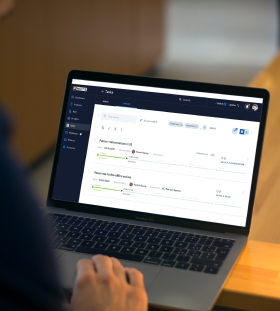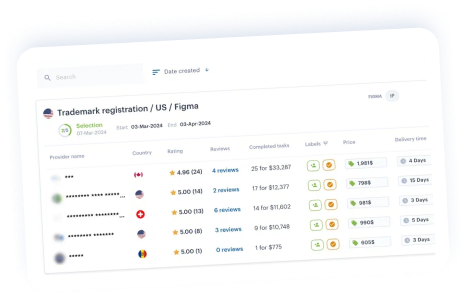Dépôt d'une demande internationale (PCT)
Le processus PCT simplifie les demandes de brevets internationales, mais ne confère pas de « brevet international » et ne dispense pas de dépôts et de taxes dans des pays spécifiques. Le dépôt doit être effectué dans les 12 mois suivant la date de priorité.



Le processus PCT simplifie les demandes de brevets internationales, mais ne confère pas de « brevet international » et ne dispense pas de dépôts et de taxes dans des pays spécifiques. Le dépôt doit être effectué dans les 12 mois suivant la date de priorité.







-
Un assistant IP basé sur l'IA qui vous aide à créer une mission détaillée en quelques minutes.
-
Sélection du mandataire en brevets local le plus approprié sur la base de critères spécifiques.
-
Préparer la demande sur la base de votre soumission précédente, la déposer et gérer les frais gouvernementaux.
-
Suivi et reporting en ligne sur la plateforme tout au long du processus.

-

Plus de 800 cabinets d'avocats spécialisés en propriété intellectuelle dans plus de 150 pays, classement et avis
-

Un assistant IP alimenté par l'IA qui aide à créer des tâches et à trouver des avocats pertinents
-

Frais forfaitaires, paiements en ligne sécurisés et rapides avec résultats garantis
-

Accès 24h/24 et 7j/7 au processus d'enregistrement et au stockage des données en ligne pour tous vos dossiers
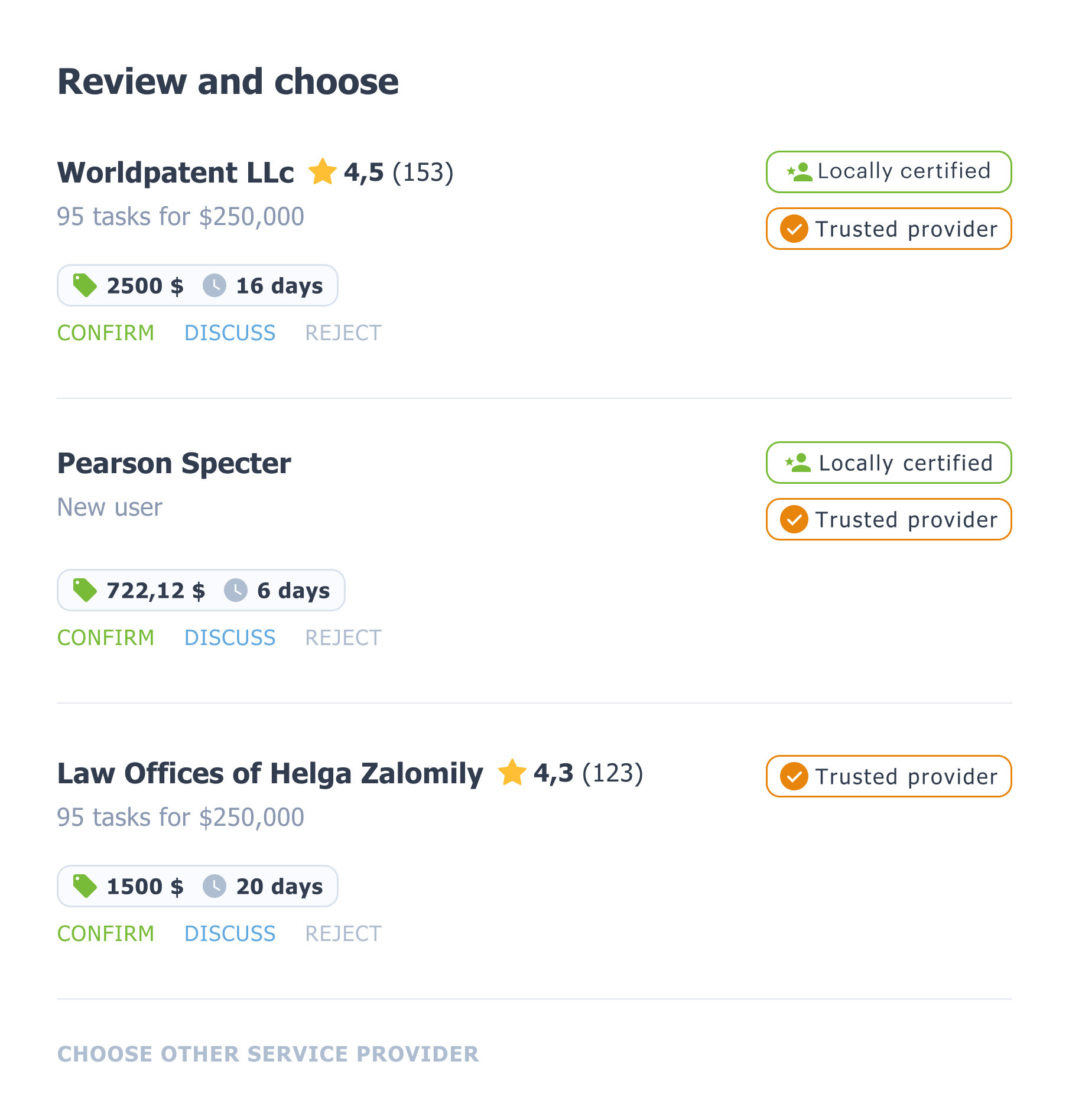
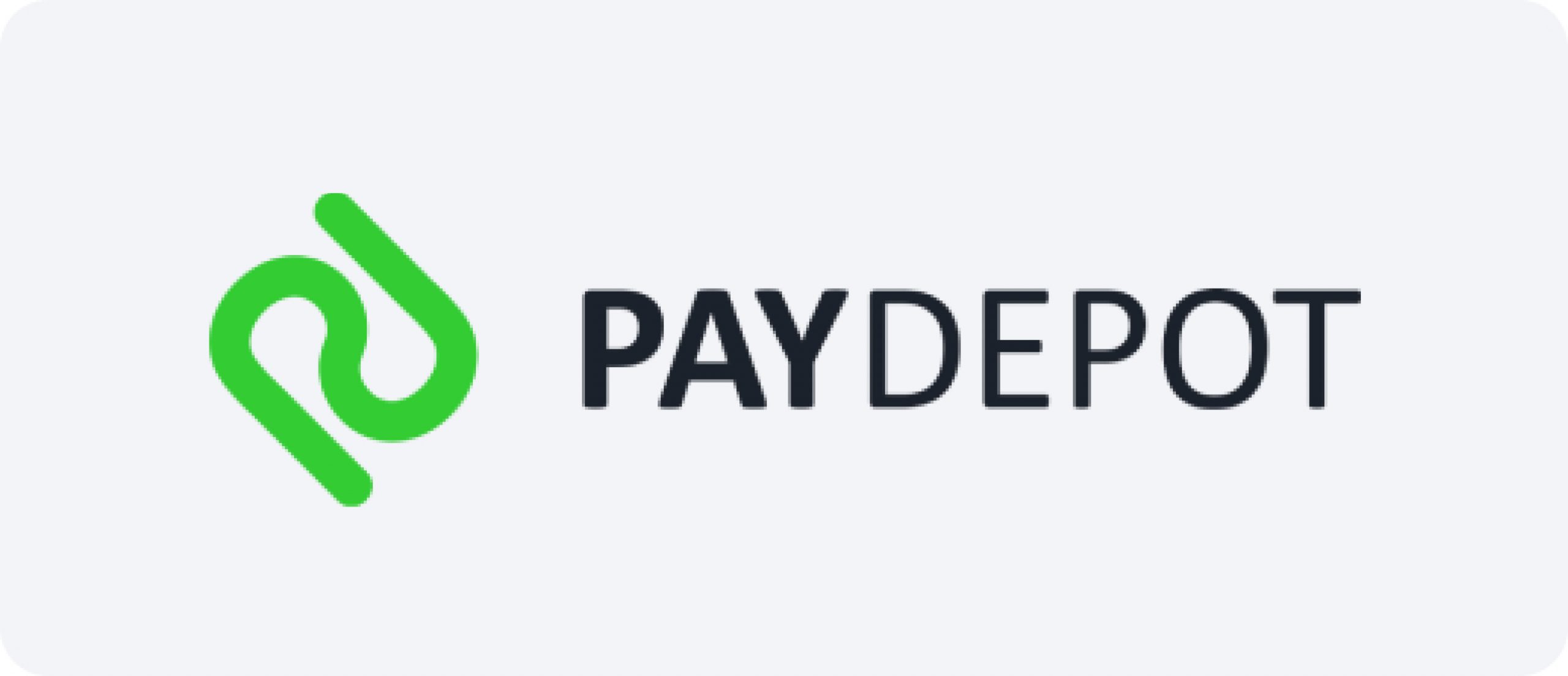

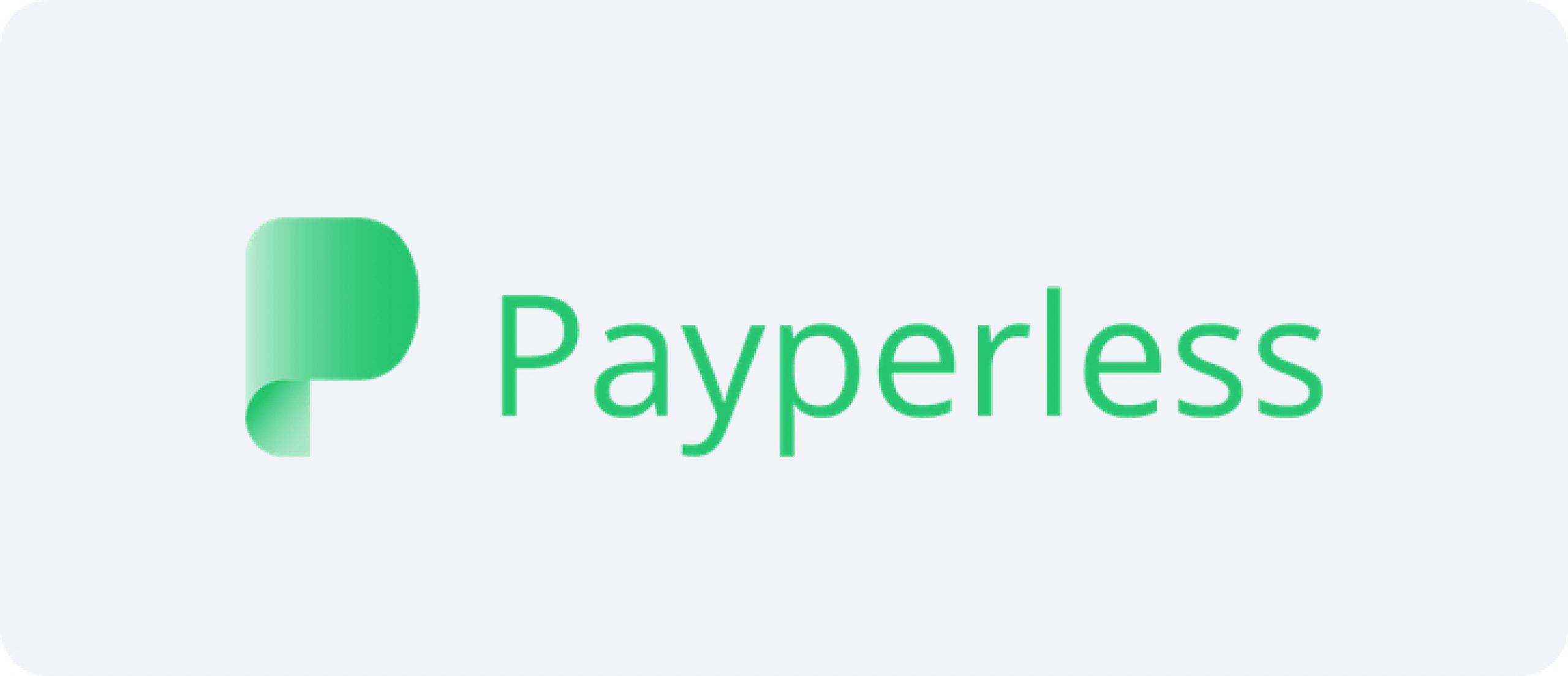
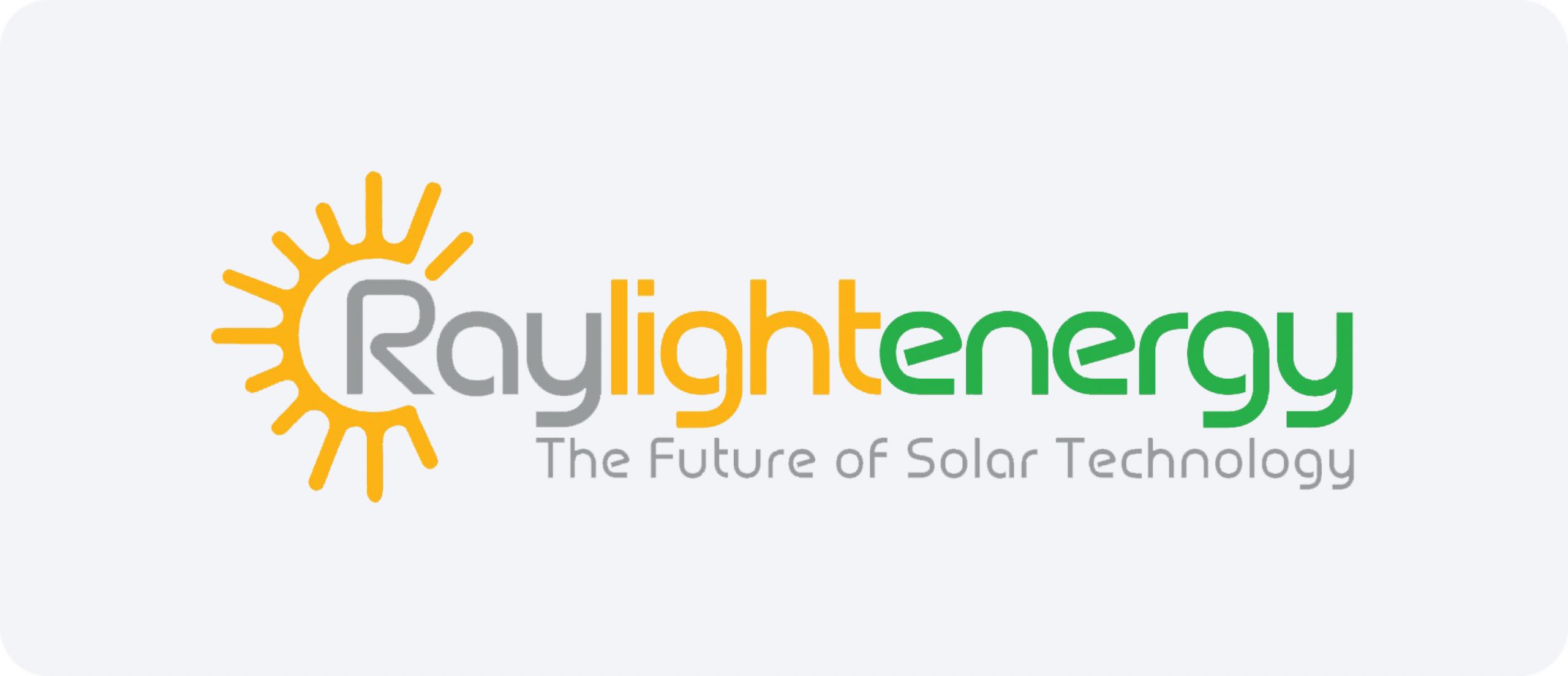
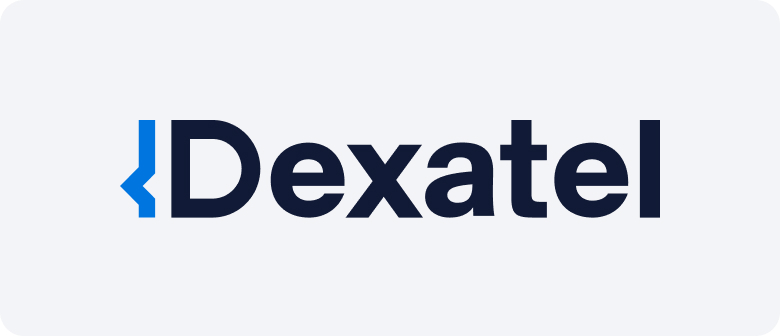
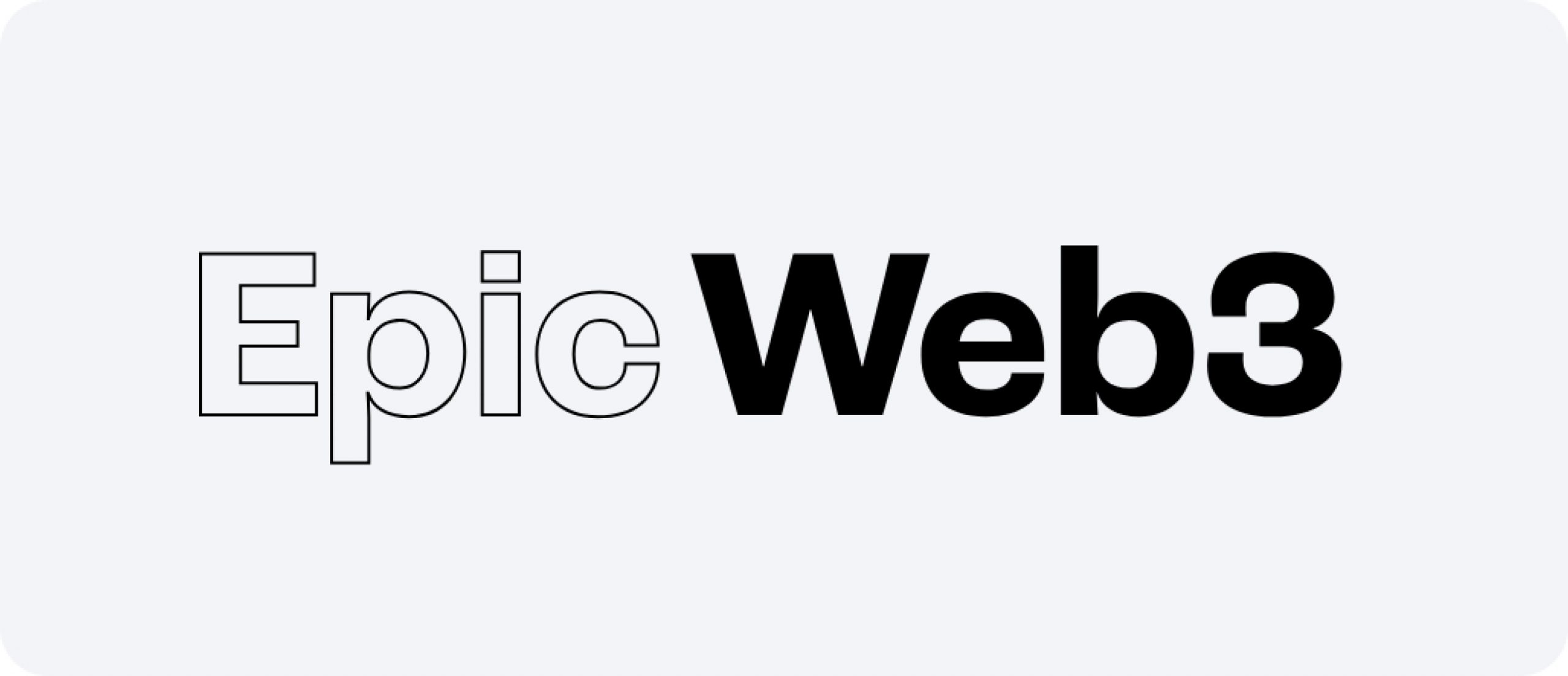
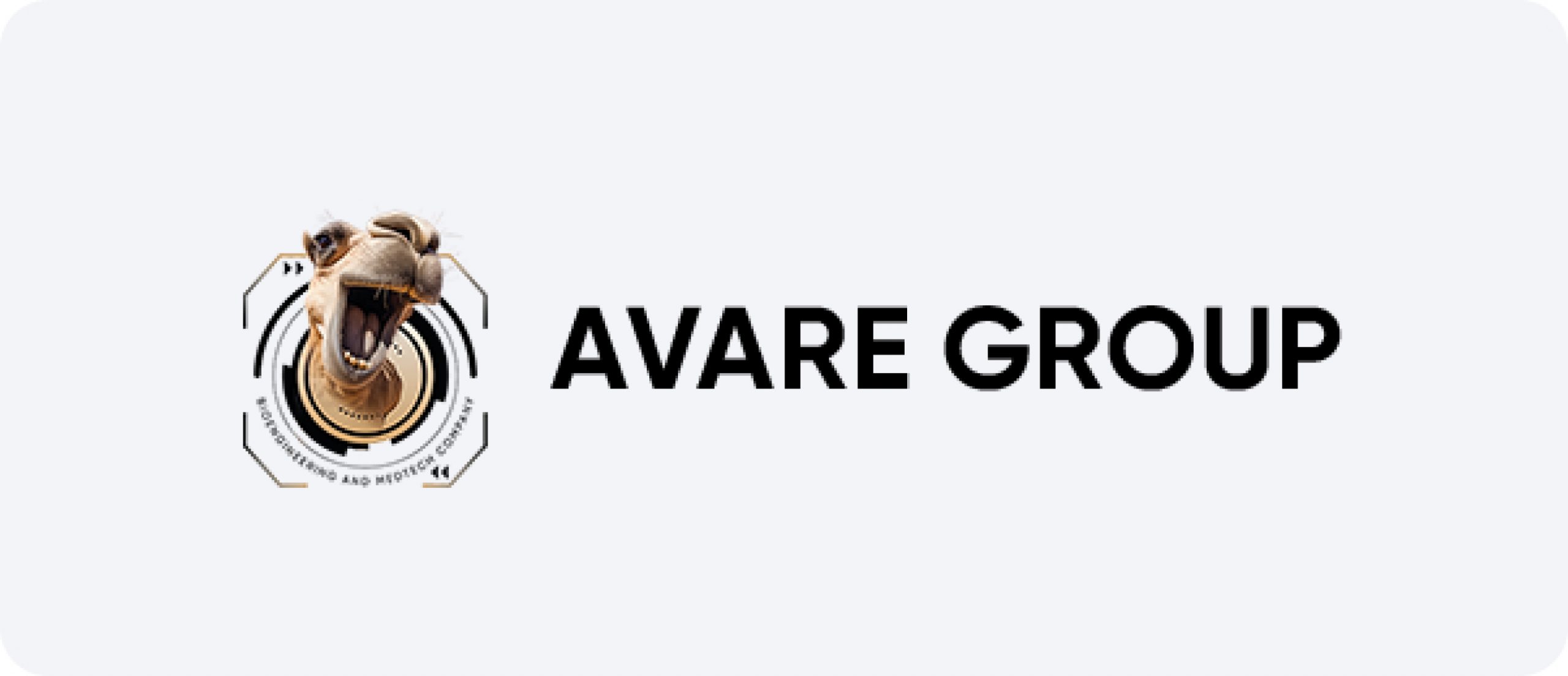
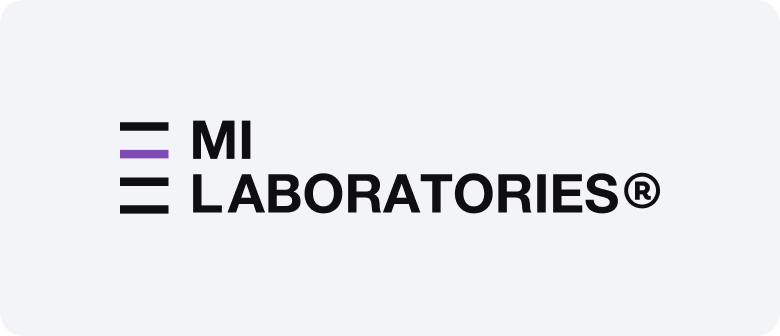
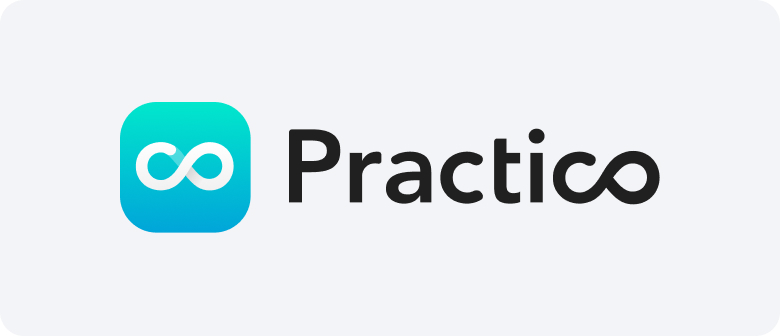
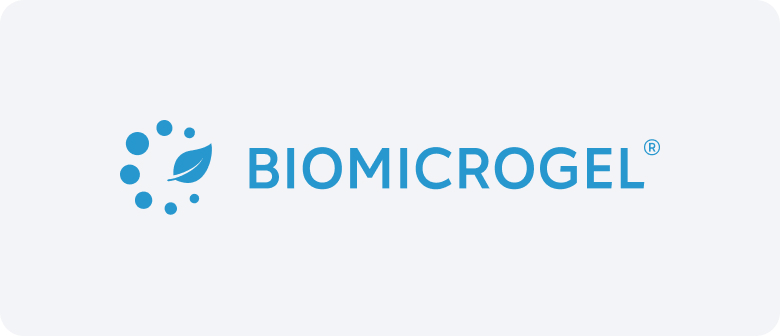
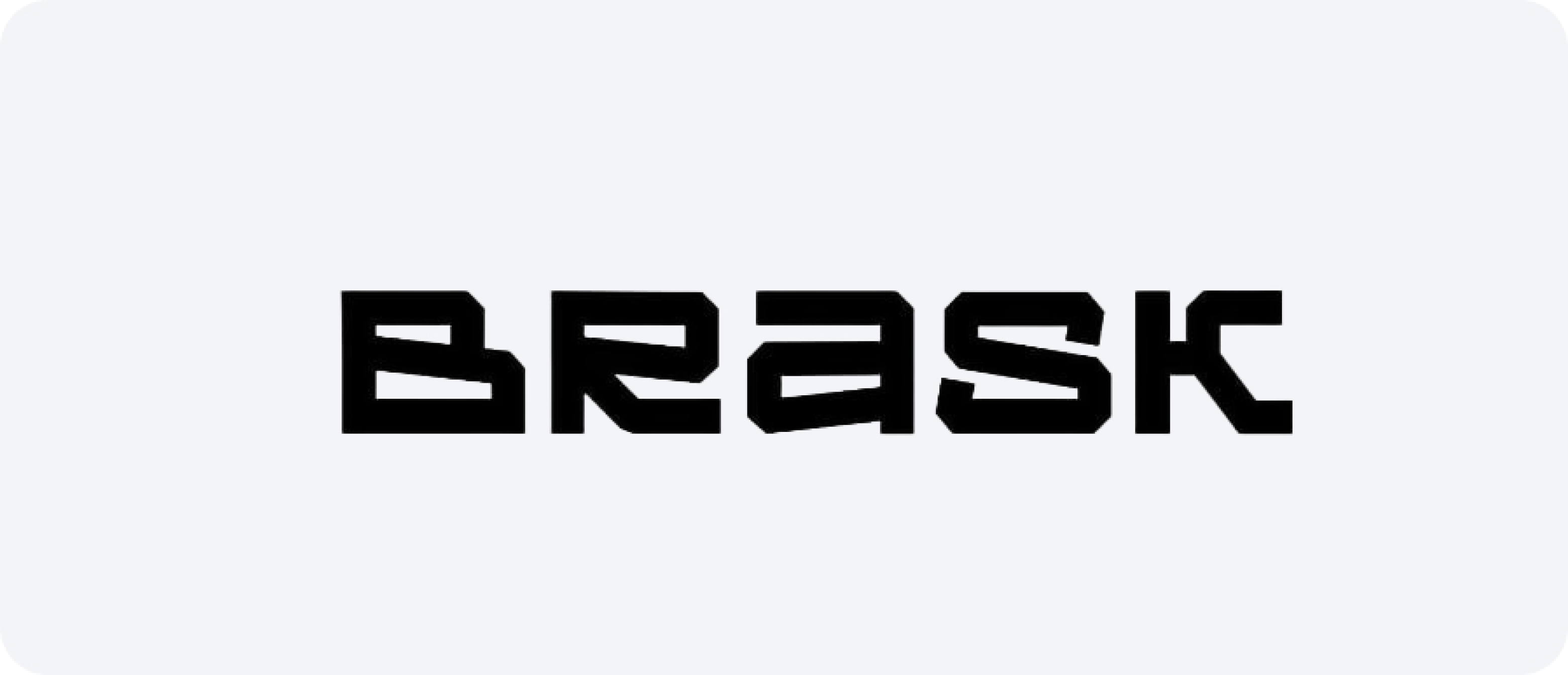
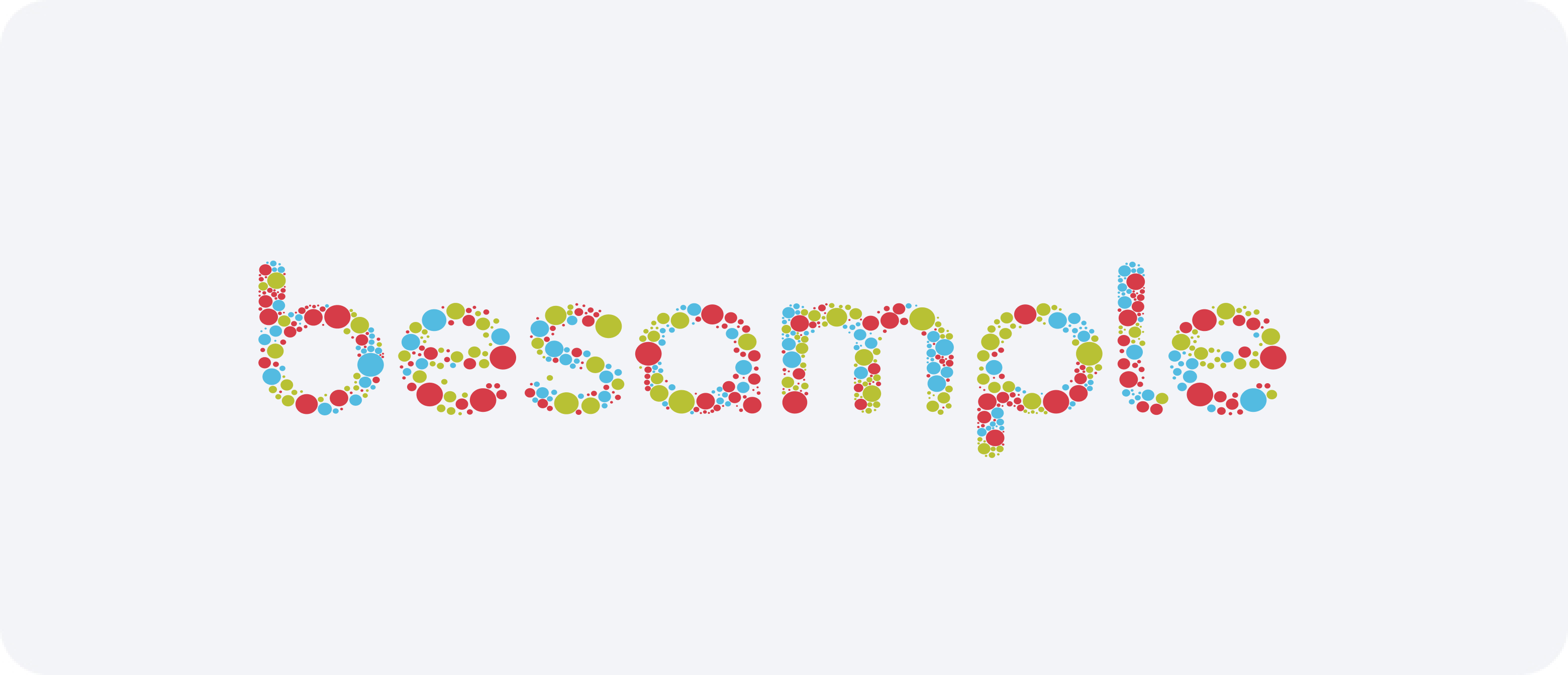
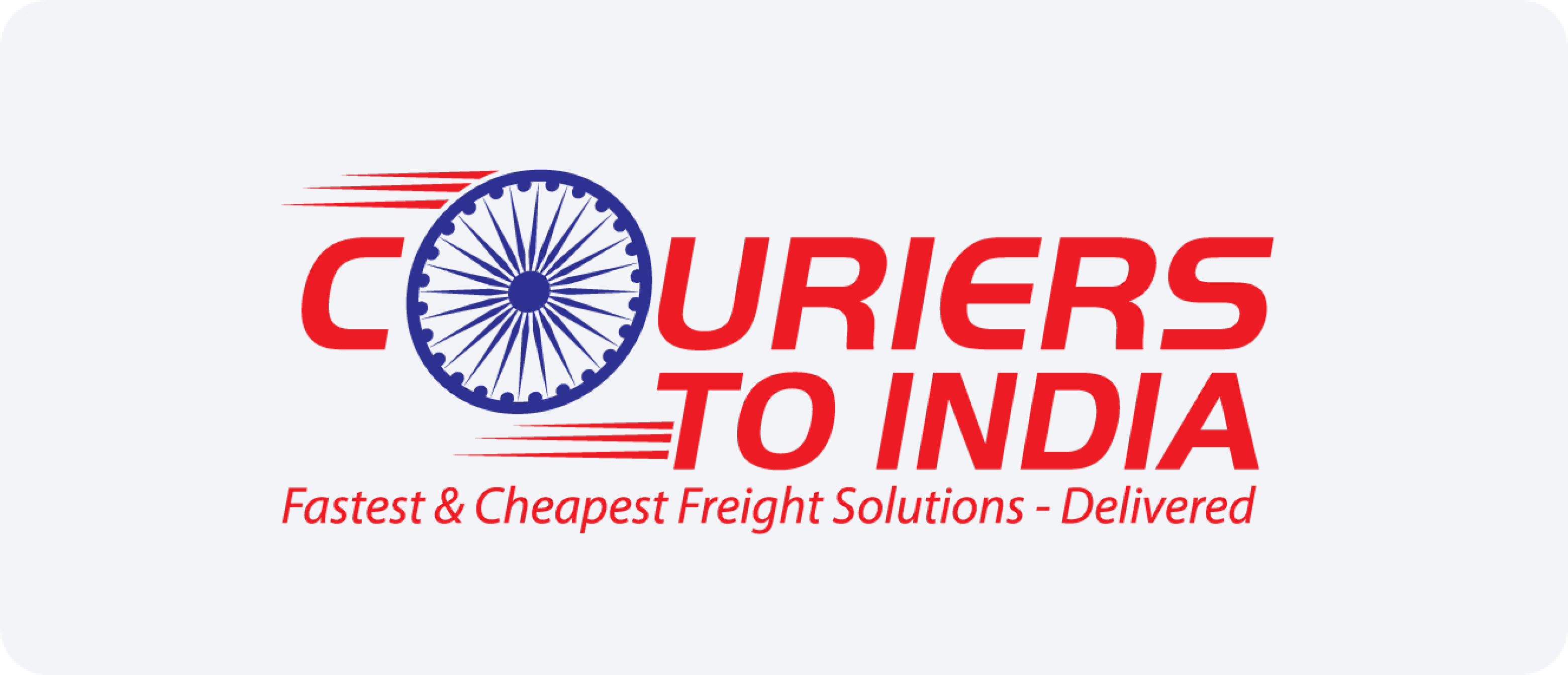
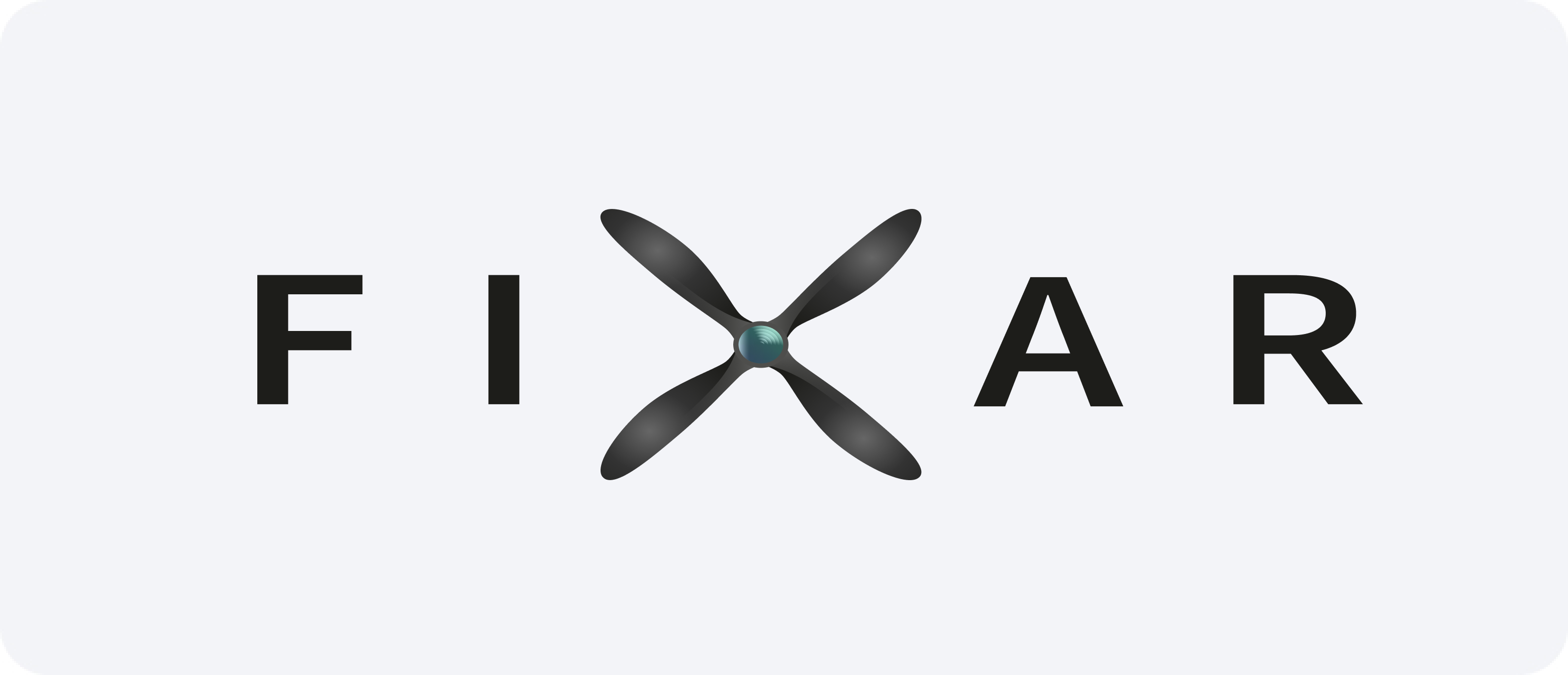
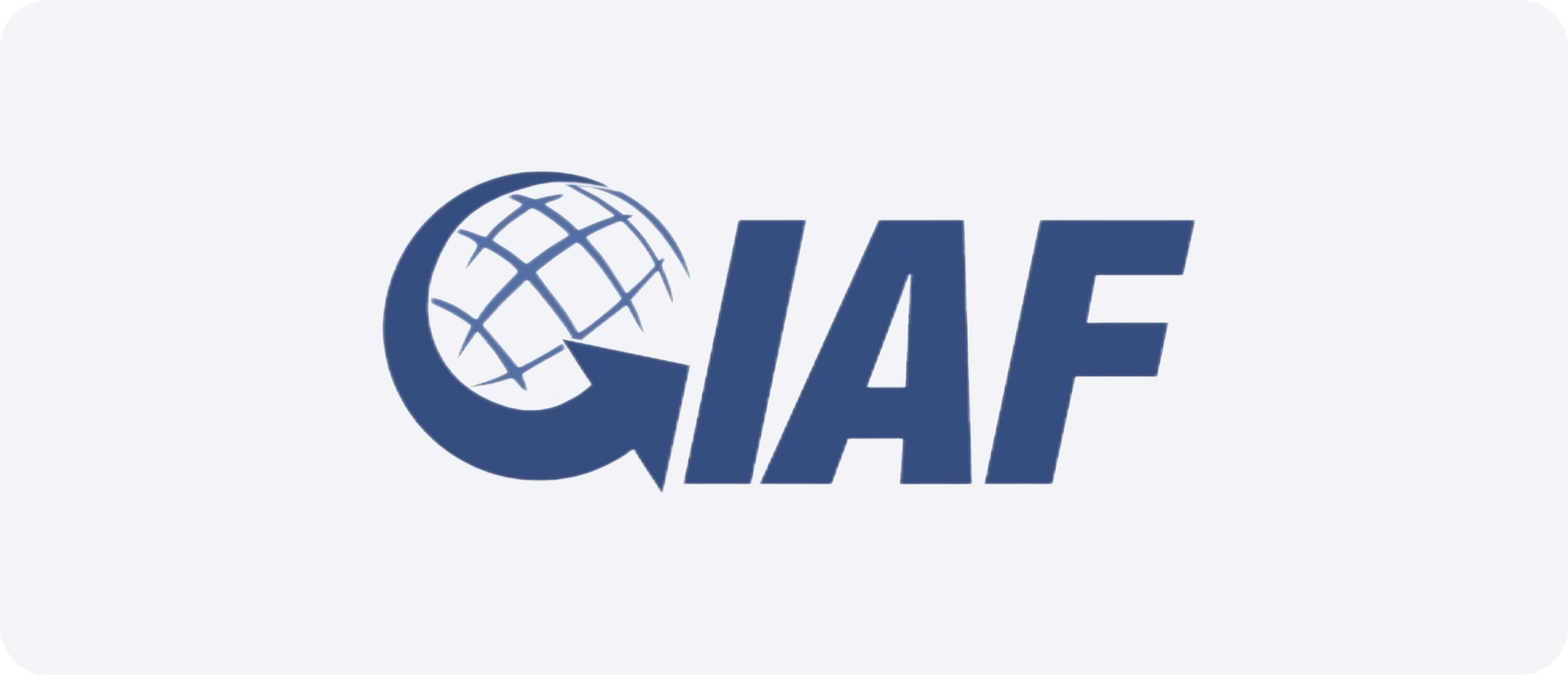
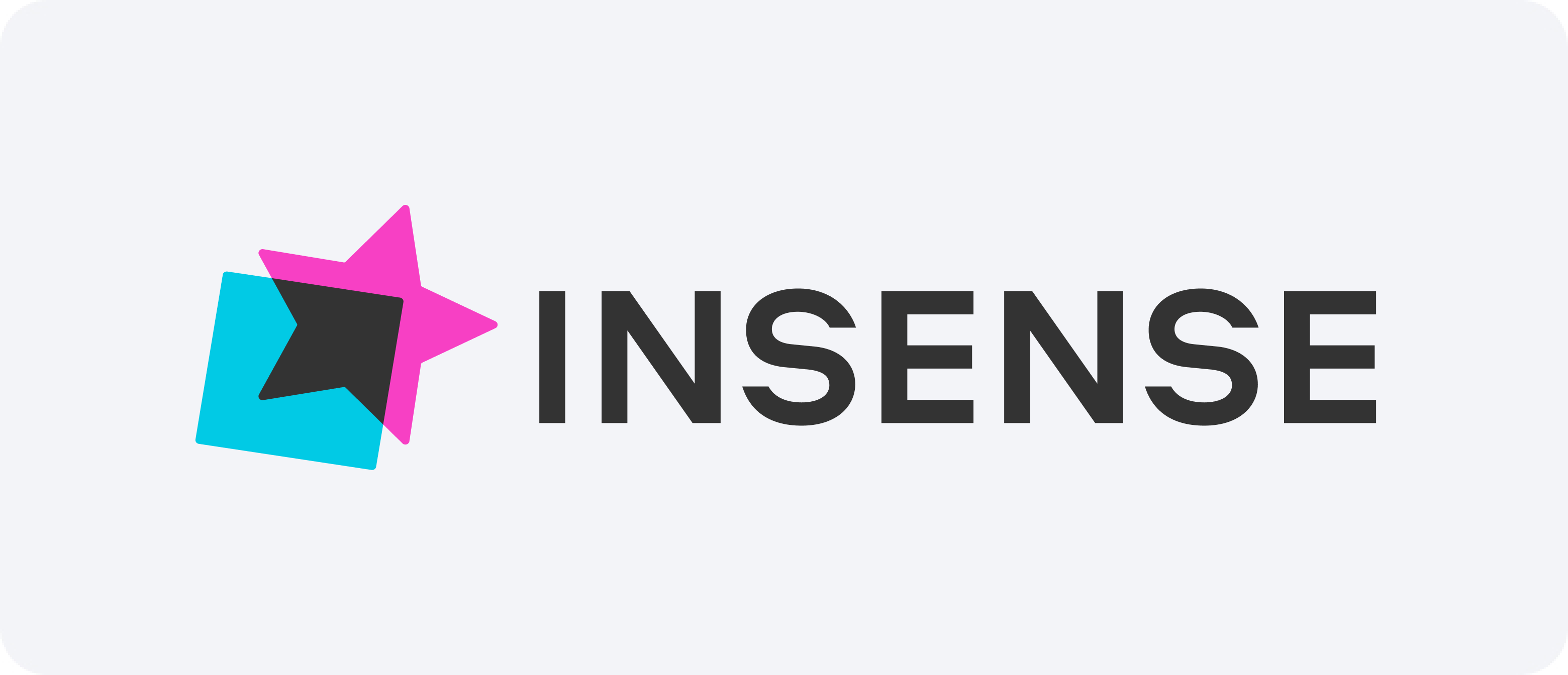
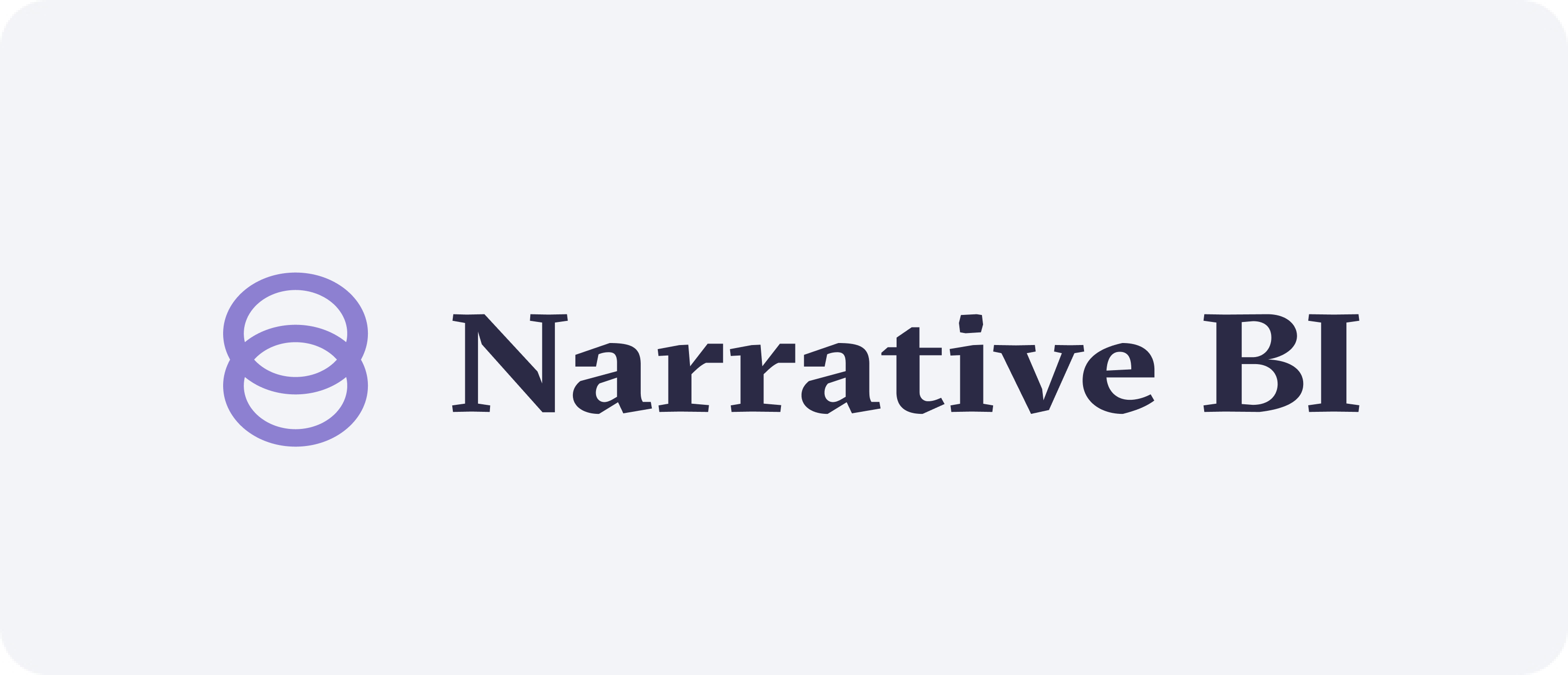

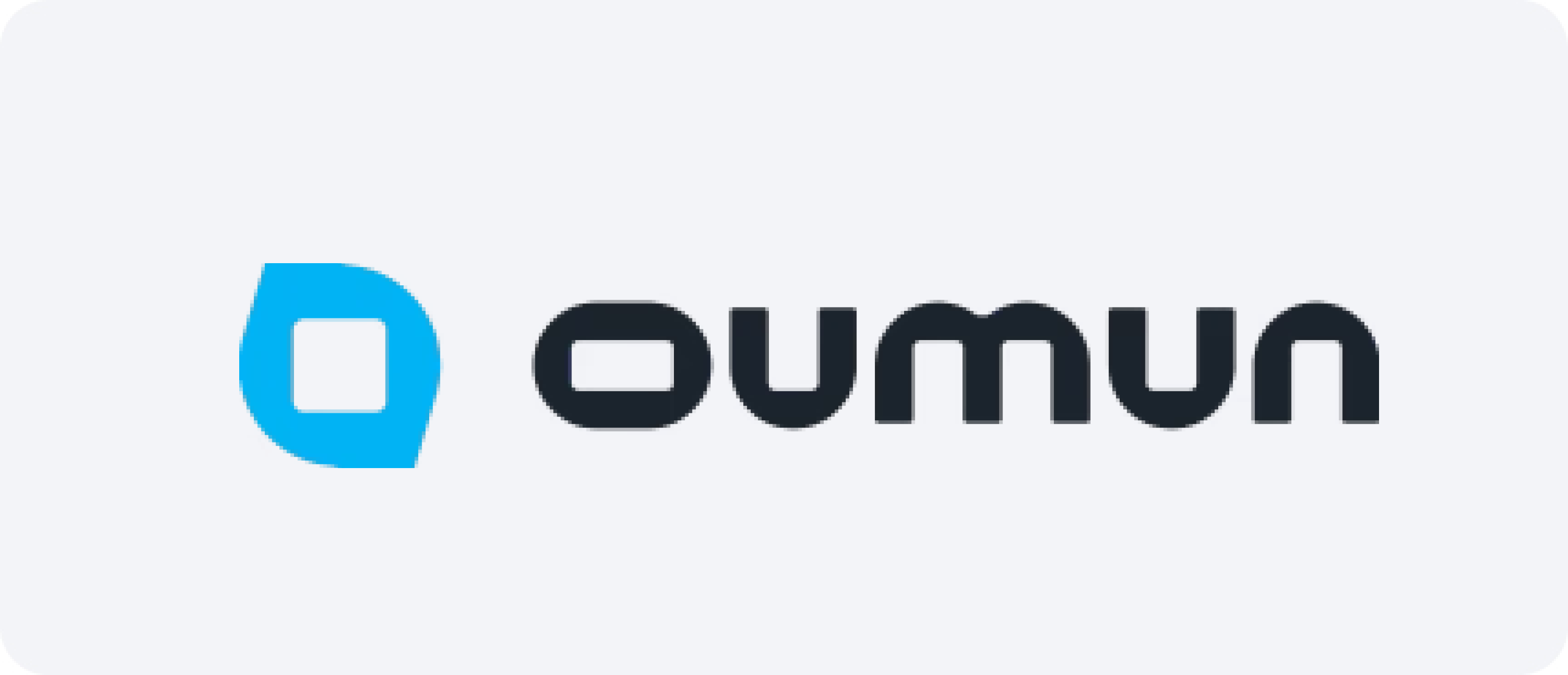
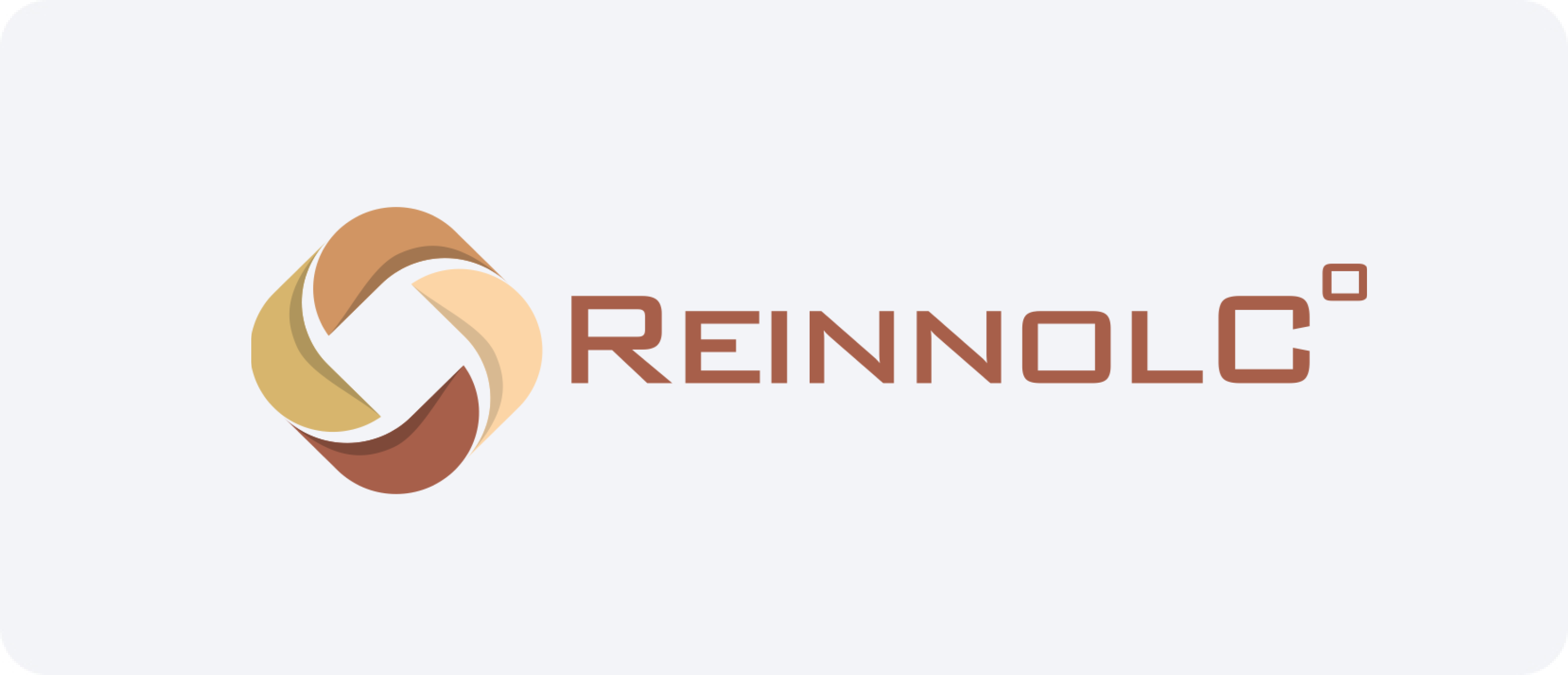
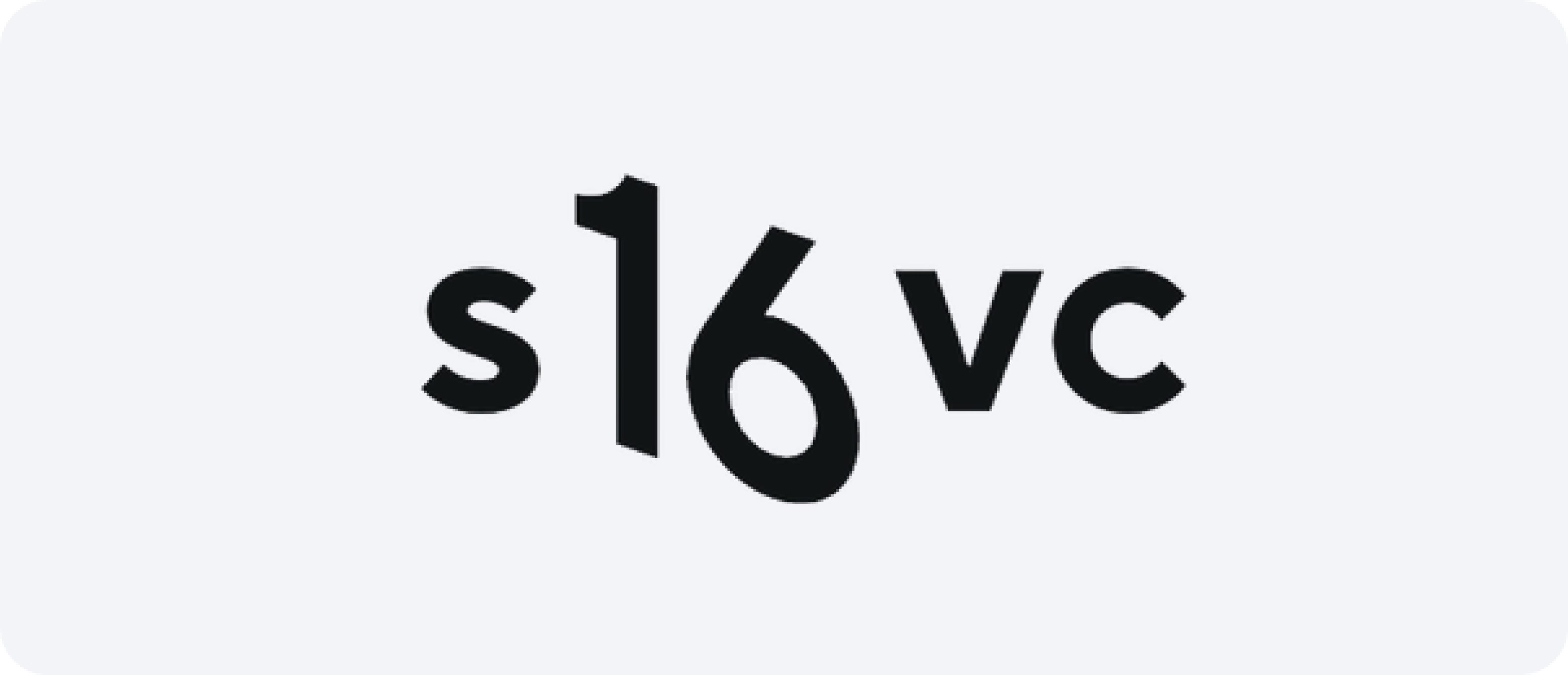
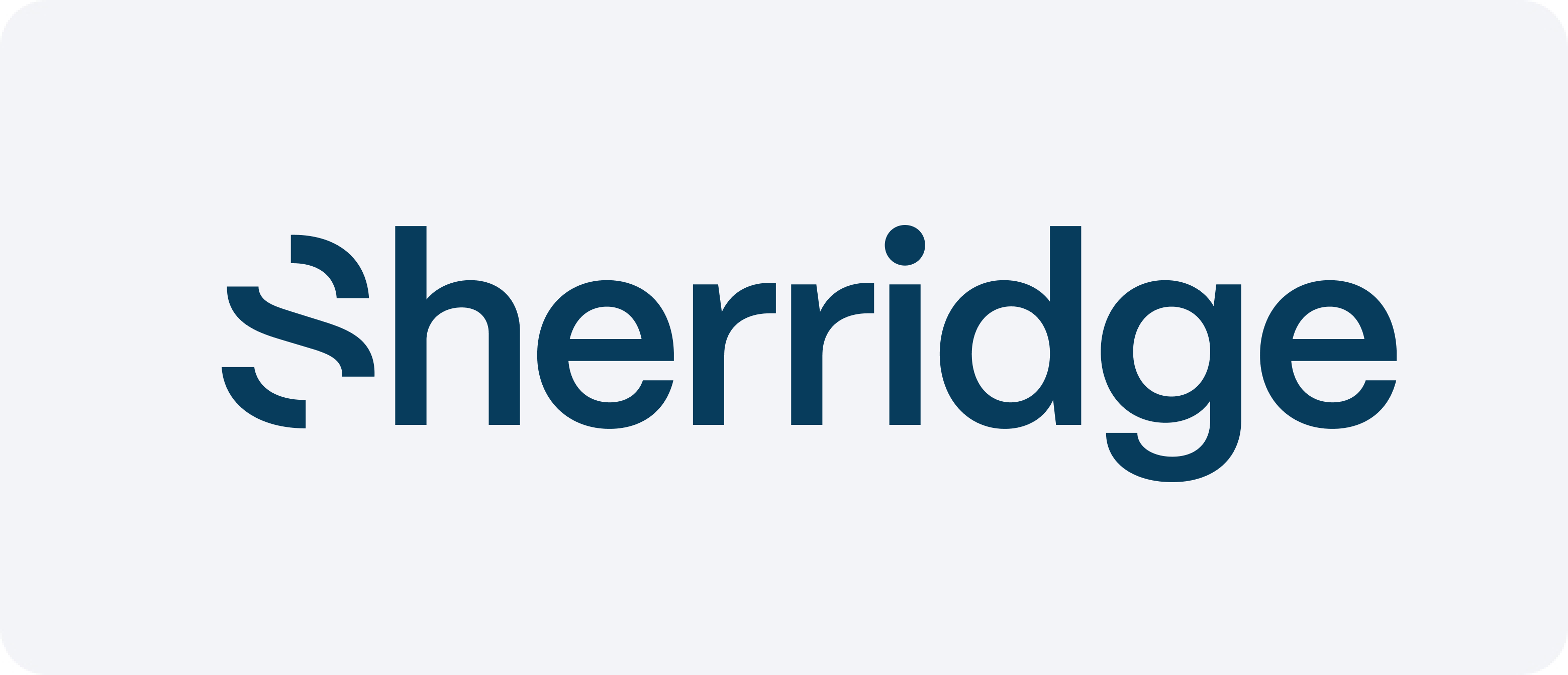
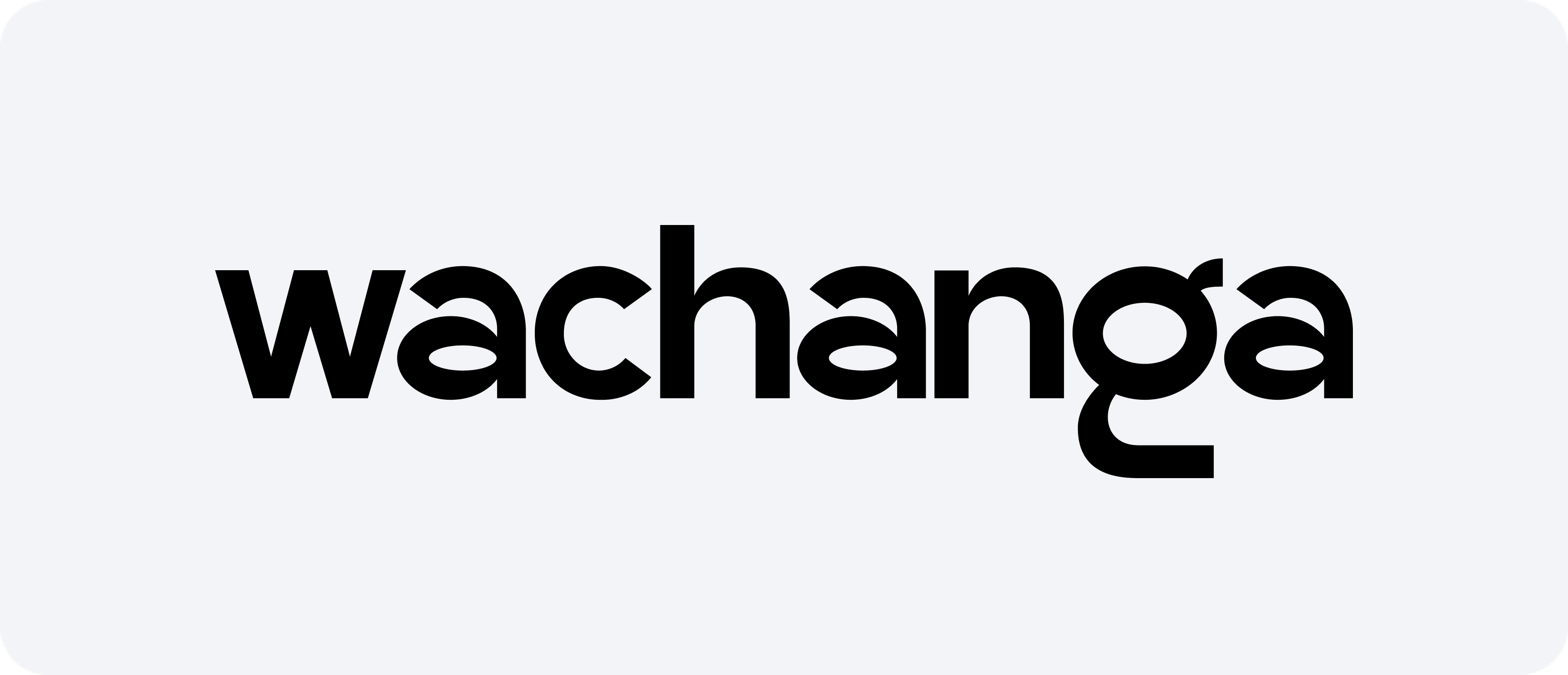


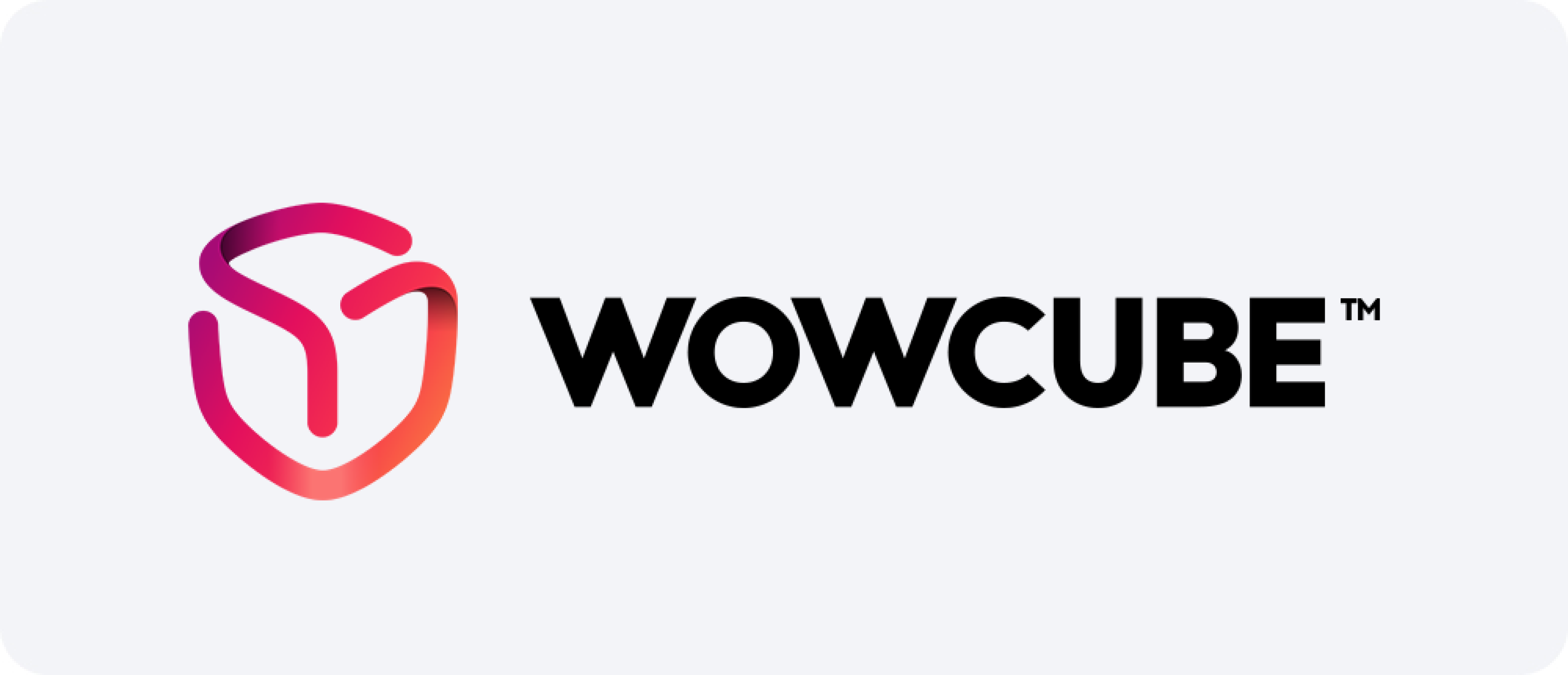












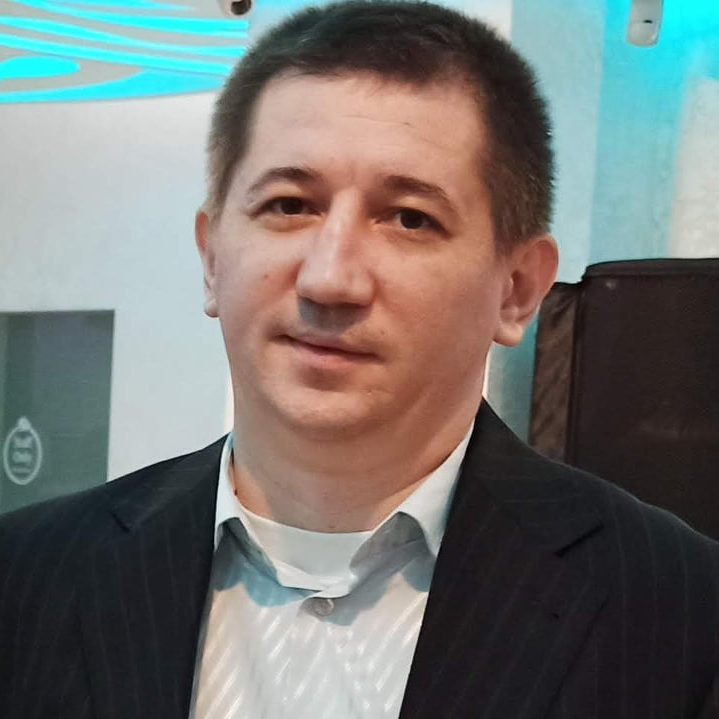
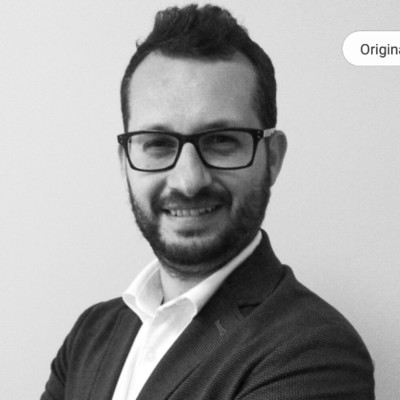
Dépôt d'une demande de brevet internationale (PCT) dans le monde entier
Pour protéger la propriété intellectuelle à l'échelle mondiale, le dépôt d'une demande au titre du Traité de coopération en matière de brevets (PCT) est une stratégie essentielle pour les inventeurs et les entreprises souhaitant protéger leurs innovations dans plusieurs pays. Ce système simplifie le processus en permettant aux déposants d'enregistrer une demande mondiale unique, qui peut ensuite être utilisée pour obtenir une protection dans un maximum de 153 États contractants. Cette approche unifiée réduit considérablement la complexité et les frais liés à l'enregistrement des brevets dans chaque pays. Dans cet article, nous expliquons comment enregistrer une demande PCT, ses avantages et les étapes du processus.
Les avantages du dépôt
L'enregistrement d'une invention mondiale via le système offre de nombreux avantages qui facilitent la protection de votre propriété intellectuelle à l'échelle mondiale. Voici quelques-uns des avantages les plus importants :
- Couverture mondiale:Ce système permet aux demandeurs de demander une protection dans plus de 150 pays grâce à un processus centralisé. Cela permet d'économiser du temps et des ressources par rapport à l'enregistrement de demandes distinctes dans chaque pays.
- Délai prolongé pour la prise de décision: Elle offre un délai plus long pour décider de poursuivre ou non des inventions dans différents pays. Après un enregistrement mondial, les déposants disposent de 30 ou 31 mois (selon le pays) pour déposer des demandes en phase nationale dans des juridictions spécifiques.
- RentabilitéBien que les frais d'enregistrement initiaux pour une demande PCT puissent paraître élevés, la possibilité de retarder les coûts importants liés à l'enregistrement de demandes nationales individuelles rend cette procédure plus rentable à long terme. L'enregistrement mondial vous permet d'évaluer le potentiel de réussite commerciale avant de vous engager dans des dépôts nationaux coûteux.
- Examen préliminaire: Il offre la possibilité d'un examen préliminaire, au cours duquel un rapport de recherche est établi afin d'identifier les antériorités susceptibles d'affecter la nouveauté de l'invention. Cela peut vous donner un aperçu de la brevetabilité de votre idée avant d'engager des dépenses supplémentaires.
Le processus : étapes clés
Le processus d'inscription comporte plusieurs étapes importantes, détaillées ci-dessous. Comprendre ces étapes permet aux candidats de se préparer à la suite.
1. Étape de soumission
La première étape du processus consiste à enregistrer l'invention auprès d'un office national ou régional. Cette procédure peut se faire par voie électronique ou sur papier, selon la juridiction. Le dépôt doit inclure une description de l'invention, des revendications définissant l'étendue de la protection et tous les dessins pertinents. À ce stade, vous devrez également régler les frais généraux.
2. Rapport de recherche internationale (ISR)
Une fois l'invention déposée, l'administration chargée de la recherche internationale (ISA) effectue une recherche afin d'identifier l'état de la technique pertinent susceptible d'avoir une incidence sur la brevetabilité de l'invention. L'ISR fournit un aperçu des inventions et publications antérieures susceptibles d'influencer la probabilité d'obtention d'une invention dans différents pays. Ce rapport sera essentiel pour vous aider à évaluer la brevetabilité de votre invention.
3. Étape de publication
Dix-huit mois après la date de priorité, la demande est publiée. Cette publication est mise à la disposition du public, ce qui permet à d'autres personnes de découvrir votre invention. Cependant, cette publication n'affecte pas vos droits de propriété intellectuelle ; elle informe simplement le public mondial de votre invention en instance.
4. Examen préliminaire facultatif
Après avoir reçu l'ISR, les demandeurs peuvent demander un examen préliminaire. Cet examen donne un avis sur la brevetabilité potentielle de l'invention, sur la base de l'état de la technique disponible. Bien que non obligatoire, cette étape peut s'avérer utile pour évaluer la viabilité d'une demande de protection avant d'engager les coûts liés à l'entrée en phase nationale.
5. Entrée en phase nationale
Après la phase mondiale, le déposant peut accéder à la phase nationale par enregistrement auprès des offices nationaux. À ce stade, il doit s'acquitter des taxes nationales requises et suivre les règles et procédures de chaque pays où la protection est demandée. La phase nationale doit débuter dans les 30 ou 31 mois suivant la date de priorité, selon la juridiction.
6. Octroi d'invention
Enfin, après la phase nationale, chaque office examinera la demande et pourra accorder une demande d'invention. Ce processus consiste à évaluer la conformité de l'invention avec les lois et exigences nationales, et le déposant devra répondre à toute objection soulevée lors de l'examen.
Coûts et honoraires
L'une des préoccupations des demandeurs concerne les frais d'enregistrement. Si les frais initiaux peuvent paraître élevés par rapport aux dépôts nationaux, il est important de considérer les économies réalisées à long terme. En regroupant vos demandes en un seul enregistrement mondial, vous réduisez la charge administrative et les coûts initiaux liés à l'enregistrement dans plusieurs pays.
Les principaux coûts comprennent :
- Frais de soumission: Le tarif global varie selon le bureau destinataire. Des frais supplémentaires peuvent s'appliquer pour les pages ou les langues supplémentaires.
- Frais de recherche globale:Les frais pour effectuer une recherche globale dépendent de l'ISA sélectionné.
- Frais d'examen préliminaire:Si un examen préliminaire est demandé, il y aura un examen supplémentairecharge.
- Frais de phase nationale:Après la phase mondiale, l’entrée dans la phase nationale implique le paiement de taxes nationales dans chaque juridiction.
Les coûts sont généralement plus abordables que l’enregistrement de plusieurs demandes individuelles dans différents pays, en particulier si l’on prend en compte les avantages d’un temps de décision prolongé et la possibilité d’évaluer le potentiel commercial de l’invention.
Conclusion
L'enregistrement d'une demande PCT est un moyen stratégique de protéger votre invention à l'échelle mondiale tout en maîtrisant les coûts et les démarches administratives. Ce processus simplifie les dépôts internationaux en vous permettant de déposer une seule demande pour un maximum de 153 pays. Que vous soyez un inventeur ou une entreprise souhaitant une protection internationale, ce système constitue un outil puissant pour étendre votre présence en matière de propriété intellectuelle à l'international. En comprenant les étapes à suivre, les avantages et les coûts, vous pourrez prendre des décisions éclairées qui préserveront votre innovation pour les années à venir.
